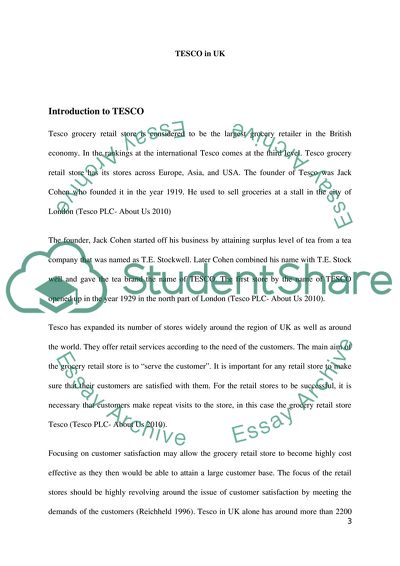Cite this document
(“Marketing Systems and Structures, Tesco in the United Kingdom Assignment”, n.d.)
Marketing Systems and Structures, Tesco in the United Kingdom Assignment. Retrieved from https://studentshare.org/marketing/1747624-customer-centrality-in-tesco
Marketing Systems and Structures, Tesco in the United Kingdom Assignment. Retrieved from https://studentshare.org/marketing/1747624-customer-centrality-in-tesco
(Marketing Systems and Structures, Tesco in the United Kingdom Assignment)
Marketing Systems and Structures, Tesco in the United Kingdom Assignment. https://studentshare.org/marketing/1747624-customer-centrality-in-tesco.
Marketing Systems and Structures, Tesco in the United Kingdom Assignment. https://studentshare.org/marketing/1747624-customer-centrality-in-tesco.
“Marketing Systems and Structures, Tesco in the United Kingdom Assignment”, n.d. https://studentshare.org/marketing/1747624-customer-centrality-in-tesco.


